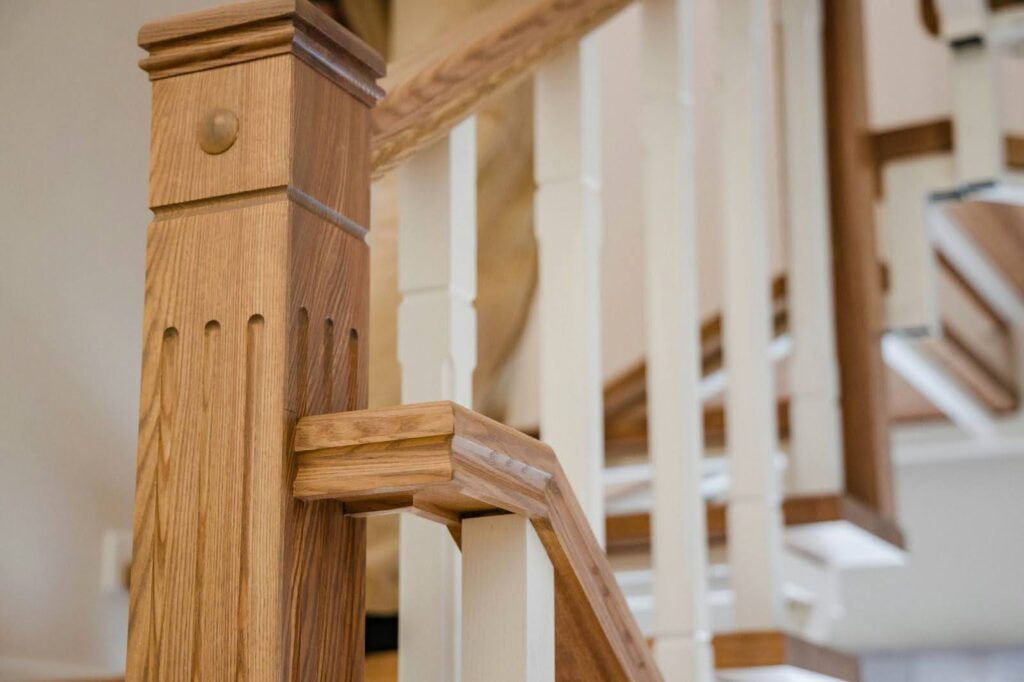
Your staircase sees a lot of traffic, but it doesn’t have to look tired. You might be dealing with worn carpets, dated spindles, or just want to freshen things up. Either way, there are plenty of ways to give your stairs a makeover without breaking the bank.
The good news? Most stair renovations can be tackled over a weekend with basic DIY skills and a modest budget. Here’s how you can transform your staircase without breaking the bank.
Painting remains the cheapest and most accessible way to renovate stairs. For around £25-30, you can completely change the appearance of your staircase with just primer, paint, and basic supplies.
Typical costs:
Start by giving your treads and risers a light sanding, fill any gaps or nail holes, then apply primer followed by two coats of paint. Choose a durable floor paint for treads to handle daily wear, and consider contrasting colours for visual impact (dark treads with white risers are a classic combination).
| Pros | Cons |
| Immediate transformation | Can be slippery when wet |
| Very low cost | Shows scuffs over time |
| Suitable for most DIY skill levels | Requires good prep work |

If your stairs are carpeted, you could be in for a pleasant surprise. Many UK homes have beautiful solid wood, like oak or pine, tucked away under old carpet. Revealing it can save you hundreds compared to a full replacement.
Typical costs:
Pull up the carpet and underlay, remove all staples and tacks, then assess what’s underneath. You might find beautiful hardwood that just needs a sand and varnish, or pine that looks great painted. Even if the wood needs some work, you’re still looking at under £100 for a complete refresh.
The key is being realistic about what you find. If the wood is damaged or of poor quality, you might be better off with other options.
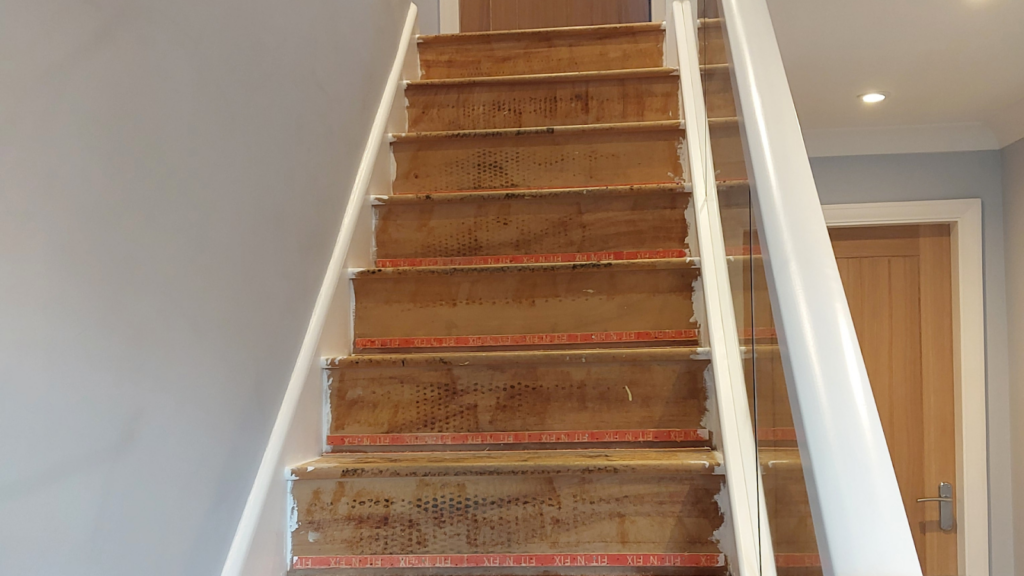
Sometimes you don’t need to renovate the entire staircase; just updating key stair components can make a huge difference.
Handrail replacement: A new handrail costs £30-60 and can completely change the look of your stairs. Modern options include oak, pine, or even metal handrails that you can install yourself with basic brackets.
Spindle painting: If your existing spindles are solid but look dated, a coat of paint can work wonders. White or black painted spindles instantly modernise traditional wooden stairs for under £20 in materials.
Small hardware updates: New newel caps, brackets, or decorative elements can add character without major work. Budget around £20-50 for these finishing touches.
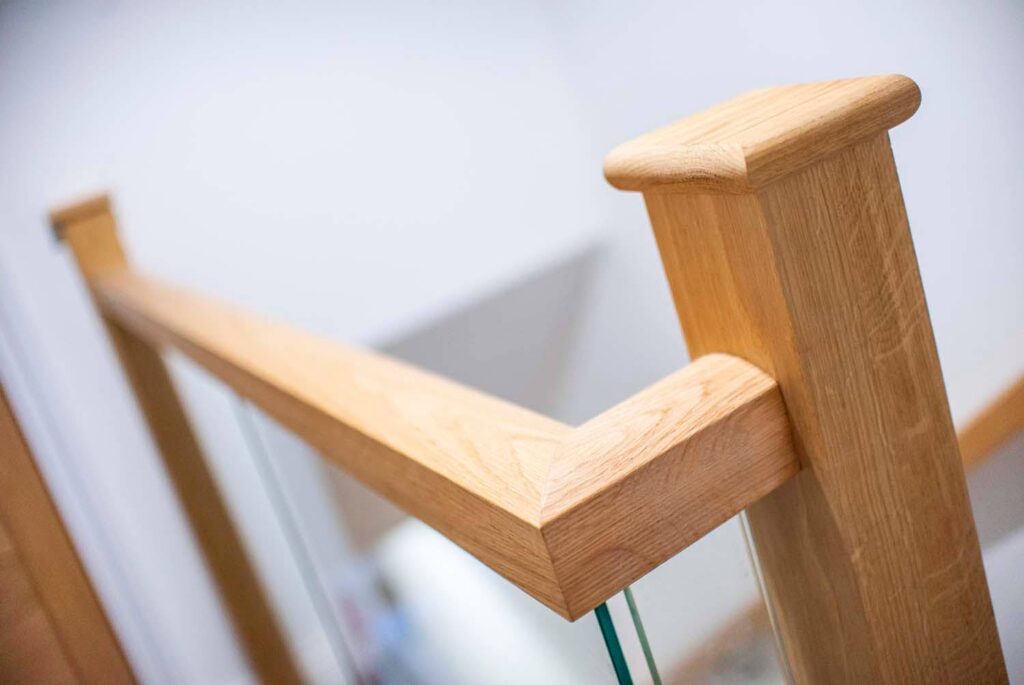
While individual component replacement works well for minor updates, larger transformations might benefit from a coordinated approach. Bespoke refurbishment kits provide all matching components designed to work together (handrails, spindles, glass panels, and fixings), cut to your exact measurements.
These kits typically start from around £850 for an average staircase but deliver a complete transformation with professional results. They’re particularly useful if you’re replacing multiple components or want to switch from traditional spindles to glass balustrades. Many come with detailed video guides and pre-drilled components to make installation straightforward.
The trade-off is higher upfront cost versus the convenience of perfectly matched components and comprehensive instructions.
Stair runners offer excellent value for families, combining style with practical benefits like noise reduction and improved grip.
Budget breakdown:
Runners work particularly well if your stair treads are in good condition but need updating. They’re also renter-friendly since they don’t require permanent changes. Look for runners with a rubber backing for better grip and safety.
For a more budget-conscious approach, consider individual stair treads or adhesive strips rather than a full runner. These cost £20-40 and still provide safety benefits.
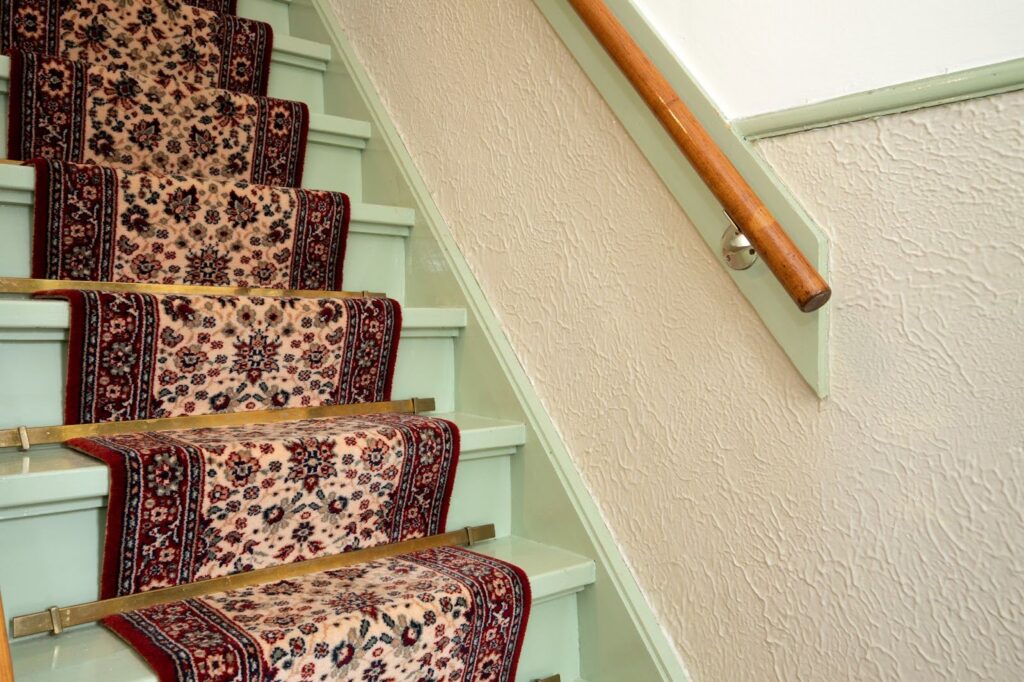
Your stair risers are a blank canvas for creative expression. Since they don’t receive foot traffic, you can use materials that might not work on treads.
Wallpaper risers: Peel-and-stick wallpaper is perfect for this application. Cost: £15-30 for enough to cover average stairs. Choose bold patterns to make a statement or subtle textures for understated elegance.
Tile effects: Vinyl tile stickers designed for vertical surfaces cost £20-40 and can create the look of expensive tiling without the complexity or cost.
Wood effects: Wood-effect contact paper or thin wood veneer strips (£25-45) can add warmth and texture to painted risers.
The key is choosing materials that complement your home’s style while being realistic about installation complexity.
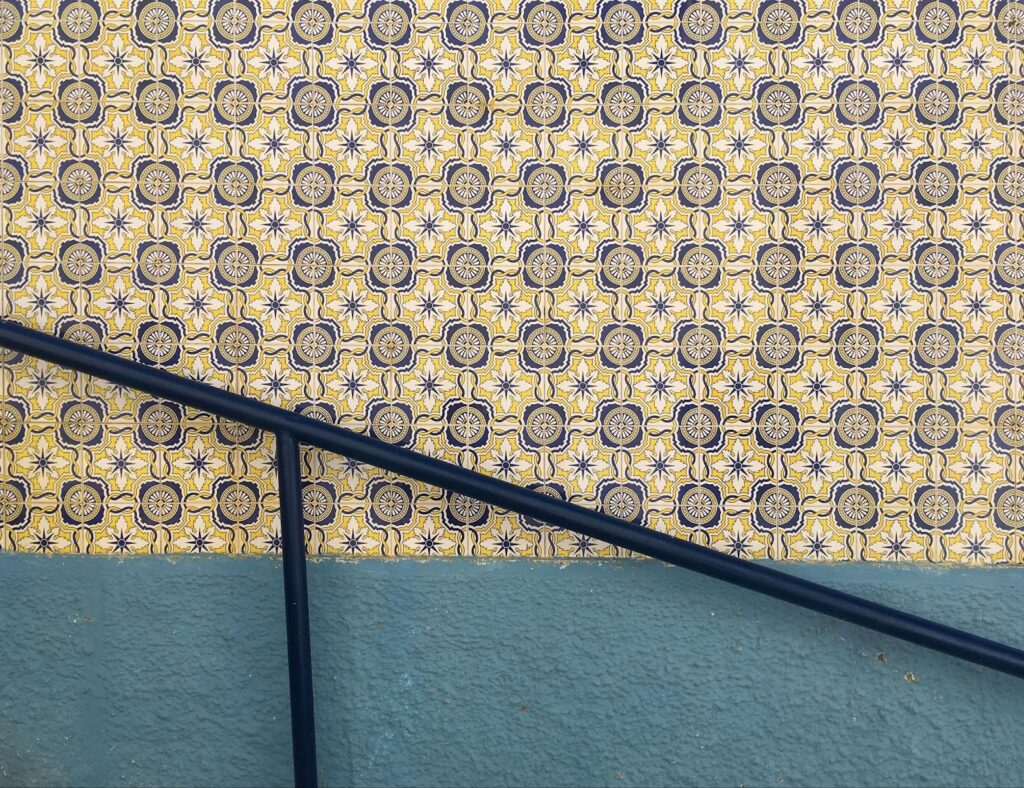
Good lighting makes any staircase look more expensive and improves safety for evening use.
Budget-friendly options:
Modern battery-operated LED strips are game-changers for stair lighting. They’re easy to install without electrical work, provide excellent illumination, and many have motion sensors for automatic operation. Focus on under-tread lighting or along the handrail for the best effect.
For a more permanent solution, consider hiring an electrician for mains-powered lighting, but this typically pushes costs above our £200 budget.
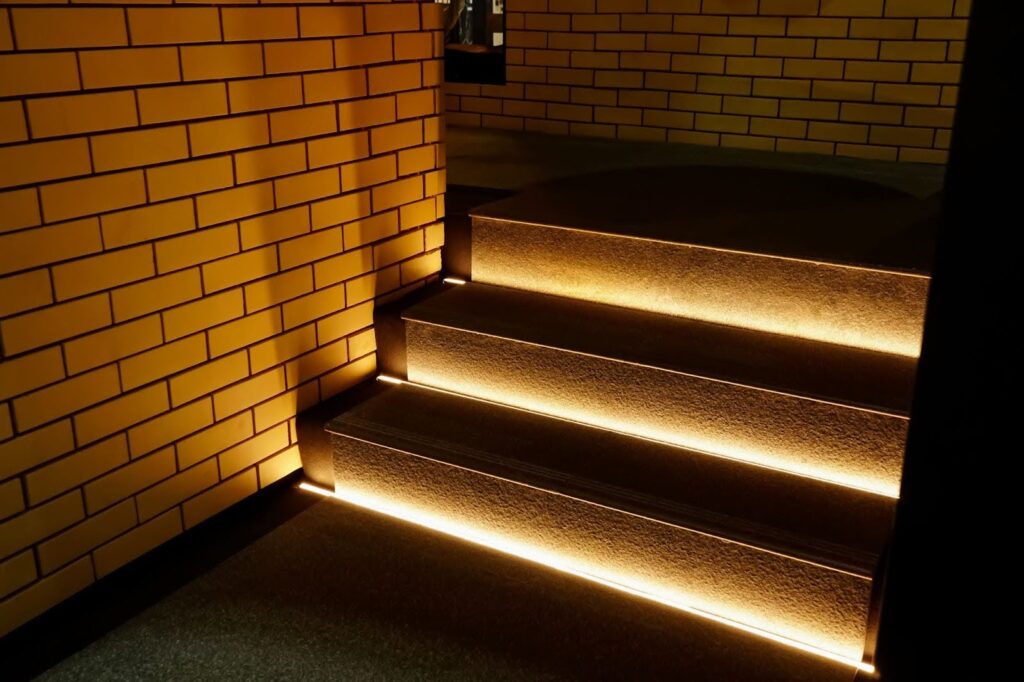
Most cosmetic stair updates are well within DIY capabilities, but it’s important to know your limits.
| Ideal for DIY | Consider Professional Help |
| Painting and basic refinishing | Structural repairs or modifications |
| Carpet removal and cleanup | Electrical work for permanent lighting |
| Handrail replacement | Complex glass installations |
| Riser decoration | If you’re not comfortable with tools or heights |
| Battery lighting installation |
Remember, stair safety isn’t worth risking. If you’re unsure about any structural elements or safety aspects, get professional advice. Many companies offer free surveys to assess what’s possible within your budget.
Here’s what different renovation approaches actually cost for an average 13-step staircase:
Paint refresh: £25-50
Carpet removal + refinishing: £40-100
Component updates: £60-150
Stair runner installation: £85-175
Creative riser makeover: £15-45
Lighting upgrade: £20-80
Comprehensive refresh: £150-250
Large transformations involving glass panels, complete balustrade replacement, or structural changes typically start from around £850. Finance options (including 0% interest plans) can make these projects more manageable.
Yes, a basic paint job or riser wallpaper project can transform your stairs for £25-45. The key is choosing high-impact changes that don’t require expensive materials.
Paint typically lasts 3-5 years with normal use, runners last 5-10 years, and component replacements can last decades. Higher-quality materials generally provide better longevity.
Cosmetic changes like painting, carpeting, or lighting don’t require permission. Structural changes might need building regulations approval, especially if you’re altering the staircase’s safety features.
Most projects need: a drill, a screwdriver set, sandpaper, paintbrushes, measuring tape, and a spirit level. Avoid buying expensive tools for one-off projects, as many can be borrowed or hired.
Look for loose handrails, wobbly spindles, creaking treads, or visible damage. If you notice any structural issues, get professional advice before starting cosmetic work.
The cheapest way to renovate your stairs depends on their current condition and your goals. Start with the lowest-cost option that addresses your main concerns, and you can always build on it later. A £25 paint job or a comprehensive transformation can both make a big difference to how your staircase looks and feels.
Ready to start your stair transformation? Get a free, no-obligation quote to see what’s possible within your budget.
Yes, a basic paint job or riser wallpaper project can transform your stairs for £25-45. The key is choosing high-impact changes that don’t require expensive materials.
Paint typically lasts 3-5 years with normal use, runners last 5-10 years, and component replacements can last decades. Higher-quality materials generally provide better longevity.
Cosmetic changes like painting, carpeting, or lighting don’t require permission. Structural changes might need building regulations approval, especially if you’re altering the staircase’s safety features.
Most projects need: a drill, a screwdriver set, sandpaper, paintbrushes, measuring tape, and a spirit level. Avoid buying expensive tools for one-off projects, as many can be borrowed or hired.
Look for loose handrails, wobbly spindles, creaking treads, or visible damage. If you notice any structural issues, get professional advice before starting cosmetic work.
The cheapest way to renovate your stairs depends on their current condition and your goals. Start with the lowest-cost option that addresses your main concerns, and you can always build on it later. A £25 paint job or a comprehensive transformation can both make a big difference to how your staircase looks and feels.
Ready to start your stair transformation? Get a free, no-obligation quote to see what’s possible within your budget.
Newsletter Signup
Copyright © 2025 Stairfurb. StairFurb is the trading name of Homespace Installations Ltd; a company registered in England & Wales with the incorporation number 09287041. Please note that StairFurb is not authorised by the Financial Conduct Authority, and we do not offer financial advice. We have an affiliation with Zopa Embedded Finance Limited trading as Dividebuy (14602085). Any credit agreement with this provider may not fall under the jurisdiction of the Financial Ombudsman Service. Credit may be available to permanent UK residents aged 18+, subject to status. Any missed payments may affect your ability to obtain credit from DivideBuy and other lenders. Please spend responsibly.

Share pictures of your staircase and we'll provide a quote, plus offer expert help with measurements with a video call.
Grab your tape measure and follow our step-by-step video tutorials to get your quote
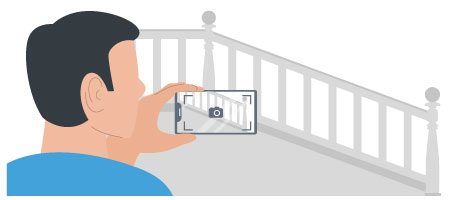
Simply take a photo of each balustrade section and let us know which style you want. We’ll then estimate your dimensions and provide an idea of price.
 GET PHOTO ESTIMATE
GET PHOTO ESTIMATE
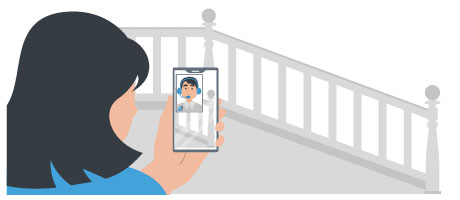
Get help measuring and a free no-obligation quote on a free 20-minute video call from the comfort of your own home. Speak with our expert team about your staircase upgrade.
 BOOK CALL NOW
BOOK CALL NOW
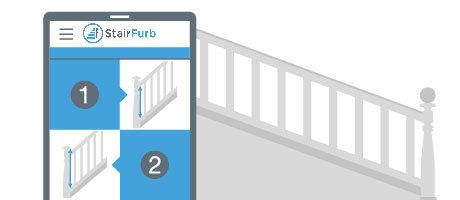
Measure your staircase using our online video tutorials and input them into our online configurator for a free, no-obligation quote. It takes less than 15 minutes.
 START DIY QUOTE
START DIY QUOTE

Get help measuring and a free no-obligation quote on a free 20-minute video call from the comfort of your own home. Speak with our expert team about your staircase upgrade.
 BOOK CALL NOW
BOOK CALL NOW
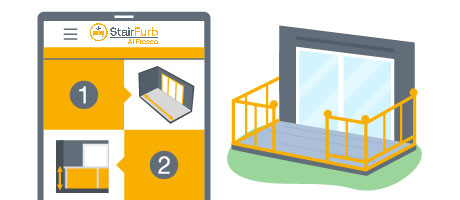
Measure your staircase using our online video tutorials and input them into our online configurator for a free, no-obligation quote. It takes less than 15 minutes.
 START DIY QUOTE
START DIY QUOTE
We've received your form and will be in touch shortly. To make sure we connect you with the right person, please keep an eye on your WhatsApp messages. We'll send you a quick message there that you'll need to respond to.
Please try again or contact us directly.